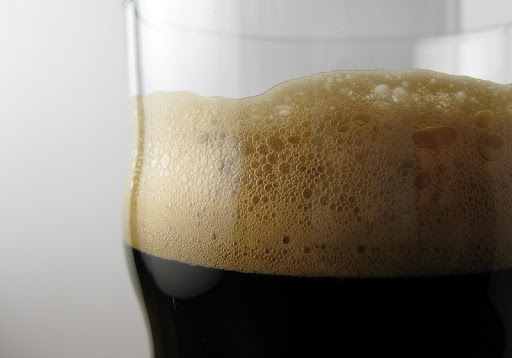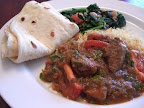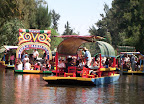La Playa Taco Shop - Mexican Breakfast in Pacific Beach
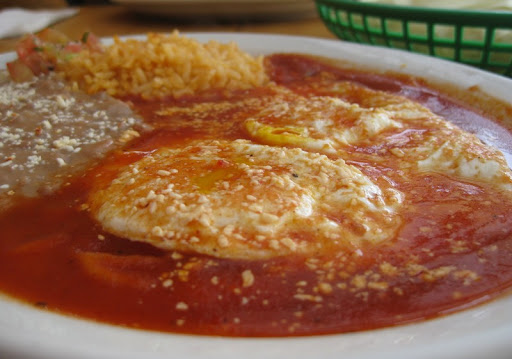
We absolutely love a good Mexican breakfast. Where we live in San Diego, there are a plenty of taco shops where you can grab a bite to eat in the morning, but it generally means getting a breakfast burrito. Now, don't get me wrong - I'm a big fan of a good breakfast burrito. But I also like a more traditional, sit-down plate of food, and that can be harder to find.
Fortunately, we have La Playa Taco Shop serving up great renditions of the standards. On real plates. With silverware. Pictured above is their Huevos Rancheros - always a good way to go. I'm more likely to order Huevos Divorciados, though:
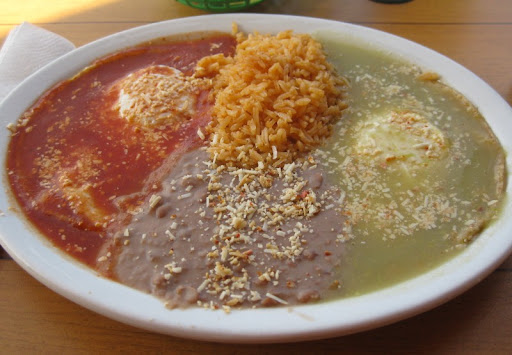
Why have one sauce when you can have two? We really like both their red and green salsas. The green is the spicier of the two. Huevos Divorciados isn't on their menu, but they've been happy to oblige when I've asked for it.
Also not on the menu is Sherry's current favorite - a combo of a chile relleno and one egg ranchero style:
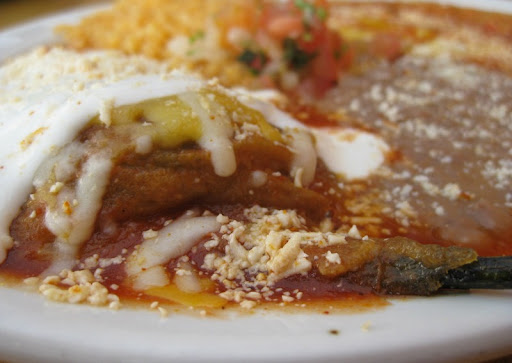
Chile rellenos are one of those food items that are great when done well, and terrible when done poorly. In my experience, they are much more often done poorly. La Playa, however, does them perfectly - an intensely flavorful poblano chile (lots of places use Anaheim chiles, which work nowhere near as well), a thin, nicely-seasoned batter, and a molten cheese center.

If scrambled eggs are more your thing, you can get Huevos al Albañil (brick-layer's eggs). Their version has bacon in it:

Or Huevos con Chorizo:

And, of course, they also do a breakfast burrito. With all of the other great options, however, we've yet to try it.
La Playa's non-breakfast offerings are very good as well. I'm particularly partial to their al pastor and carnitas tacos (check out this post on What We're Eating for pictures of the carnitas), but we've enjoyed everything we've tried.
La Playa Taco Shop 3973 Mission Blvd. San Diego, CA (858) 488-7405

